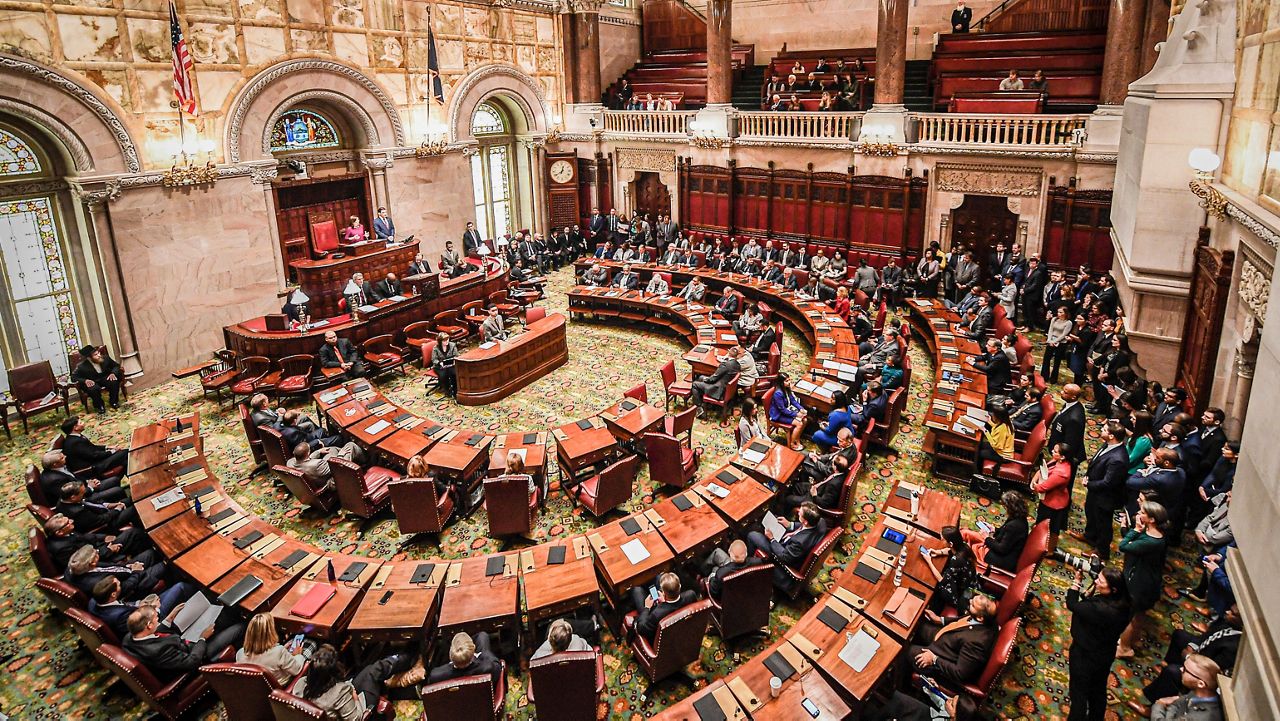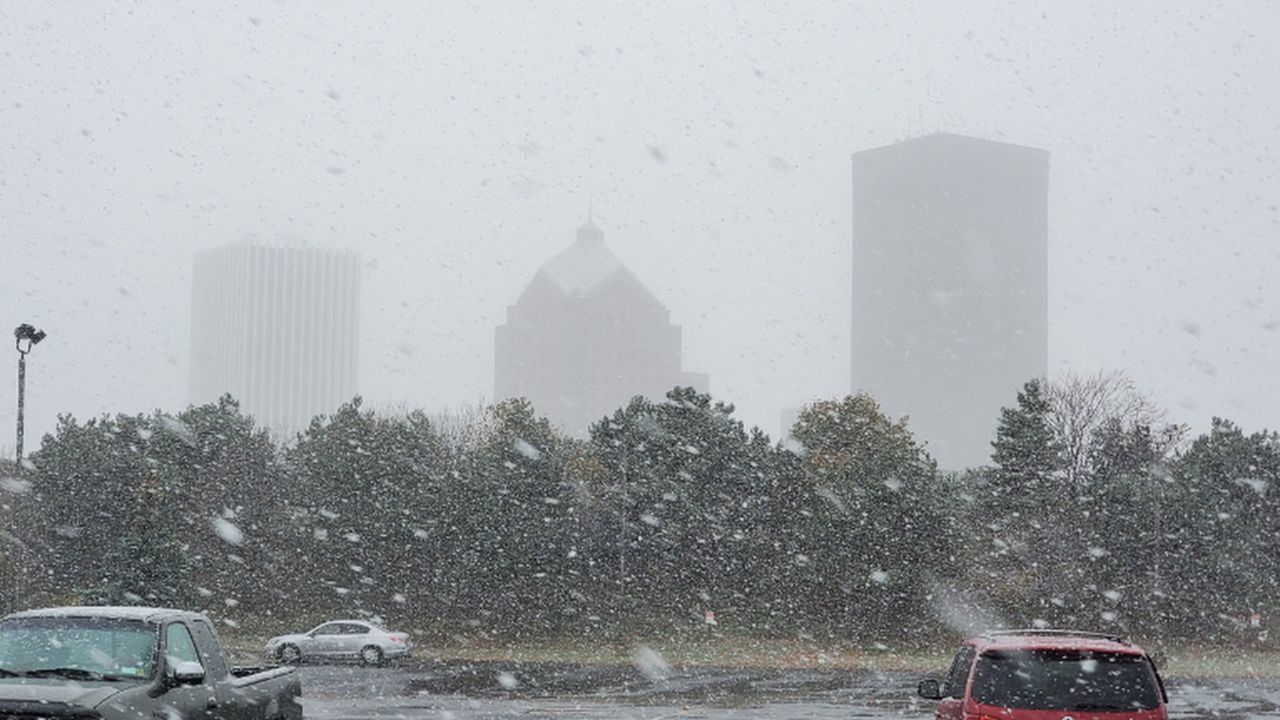ROCHESTER, N.Y. — March 30 was the one-year mark since the death of Daniel Prude in Rochester police custody.
Since Prude’s death and outrage by the community, the City of Rochester has changed how it responds to mental health and substance abuse calls.
All team members live in the city of Rochester, and 60% of the team are people of color.
“The PIC (Person in Crisis) Team was developed out of the community’s desire to have professionals be able to go to a scene and support people who are in crisis,” Daniele Lyman-Torres, commissioner of Recreation and Human Services for the City of Rochester, said.
Lyman-Torres says there was a clear need for the program. She added that some people are looking for other help to turn to, besides hospital staff or law enforcement.
“The design of programs like the PIC Team that has occurred all across the country, has really been established as law enforcement alternative programs,” said Lyman-Torres. “They’ve been established as programs that provide a resource as an alternative to law enforcement, not only to free up law enforcement to doing other things, but to have the right resource going to the right call.”
"We really don’t focus on anything being too small, sometimes people call us because they want to talk, they’re feeling depressed, they’re feeling anxiety, and they like to be able to process those feelings through with someone who can counsel them, who can work with them, and if necessary, help them to connect with the supports that they might need,” Alia Henton-Williams, manager of Crisis Intervention Services, said.
When the PIC Team started in late January, it only responded to nonviolent calls alone.
The criteria for not going to calls alone was anything involving weapons, violence or a medical emergency requiring EMS. Now, the team responds to all mental health and substance abuse calls, some with police officers, and others requested by officers once they’re on scene.
“There really isn’t an opportunity to say the PIC Team isn’t there, it just maybe that there’s still an opportunity where the PIC Team hasn’t been cleared to a scene for safety reasons, there may be still weapons, there may be still acts of violence,” said Lyman-Torres.
Since the PIC Team started, it tells Spectrum News it has responded to hundreds of different calls.
“There’s always a different need and so our response is based on the need and what occurs once we make our assessment,” said Henton-Williams. “The outcome could go a spectrum of anything from just talking with the person and de-escalating, or to people voluntarily saying that they’ll like to do something outside of just speaking with us.”
Commissioner Lyman-Torres says the entire PIC Team consists of 16 people right now, but their goal is 30 members.
A responding team consists of two people, and there’s always at least one team on duty throughout the day and night, so the team is always active and available to respond.
“We are dispatched via 211 or also 911 depending on if it’s a call response or what the scenario looks like, and so that’s how people are able to access us, and once that contact is made and the call goes through a certain assessment and criteria, then it’s dispatched to us and we take it from there,” Henton-Williams said.
The PIC Team is made up of all city residents and 60 percent of the team are people of color.
The goal in the coming weeks is to continue building their staff and letting the community know they have an additional resource to utilize.
“I’m here to do whatever I can do to make sure that our community is one that can have the supports that it needs and can be proud of the service that we offer,” said Henton-Williams.










